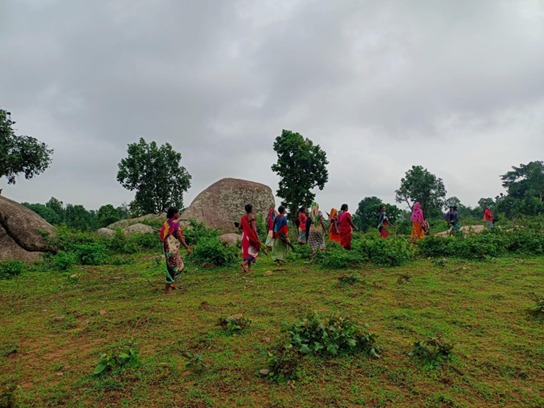Newsletter: Community Forest Resource Rights in Central India
By Sharachchandra Lele
The need for decentralizing and democratizing forest governance has been recognized in international forestry circles for quite some time. India has been at the forefront of such thinking, right from the days of the Chipko Andolan in the 1970s. The Scheduled Tribes and Other Traditional Forest Dwellers (Recognition of Forest Rights) Act 2006, commonly called the FRA, is a landmark legislation in the history of independent India as it provides a legal foundation for this process. It recognizes the multiple historical injustices imposed on forest-dwellers in India, particularly in central India and takes a rights-based approach to redressing them. Perhaps the most important, but least implemented, rights provisions in the FRA are the community’s right to manage forests within the customary boundary of the village (community forest resource or CFR right). The CFR rights, if recognized, can potentially transform forest governance in India, because they decentralize the authority of forest management to Gram Sabhas (the village general body). They offer the best chance of a transition from colonial forestry or de facto open-access situations to socially just and ecologically sustainable forest conservation and regeneration in India, on the lines of the 1992 Community Forestry law in Nepal or the ejidos of Mexico.

Women from Kodenar village, Bastar district, participating in GPS-ing their village customary boundary for their CFR claim